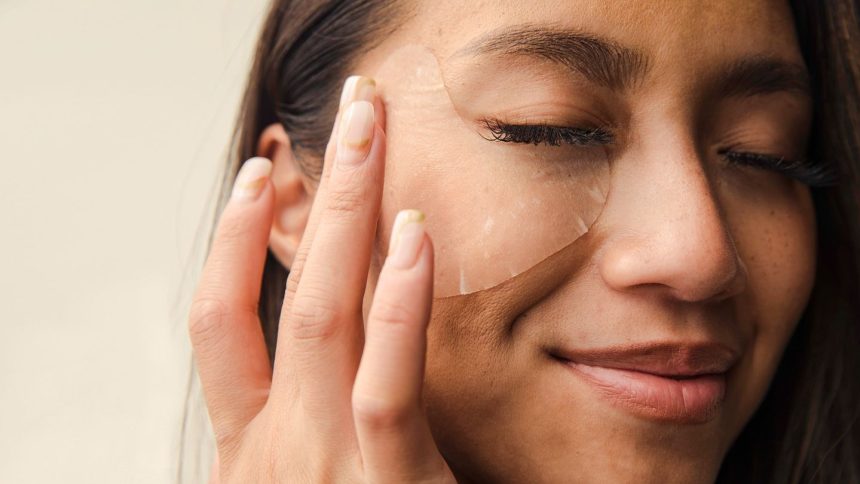Despite its name, “skin cycling” is not a spin class for your skin. Instead, it’s a term used to describe how products are applied to the skin. Rather than applying the same products every day, products are applied with ‘rest’ days when skin cycling.
So, what’s the deal with this beauty craze right now? Perhaps the catchy name contributed to its success, or perhaps people are realizing that our skin, like the rest of our bodies, requires rest.
Stay tuned at InterviewerPR.com for more skin-related updates.
What Exactly Is Skin Cycling?
Skin cycling is a skin-care routine that allows for weekly “rest days” so that your skin can repair itself after using certain products. This can aid in the prevention of irritation and inflammation.
- Advertisement -
To begin skin cycling, you will need-
- An exfoliant (like glycolic acid or salicylic acid)
- A retinoid (think retinol or retinaldehyde)
- A moisturizing agent
How Does Skin Cycling Work?
Night 1: Exfoliation
On this night, you’ll cleanse and pat dry your skin before exfoliating, which removes dead skin cells from the skin’s surface layer. Your other products will perform better because they can penetrate deeper into the skin in a controlled, predictable manner. After that, moisturize. Also read 4 Simple Skincare Hacks for Blackhead Removal
Night 2: Retinoids
This evening will be devoted to retinoids, which are vitamin A derivatives that can help reduce the appearance of fine lines and wrinkles. These include prescription medications such as tretinoin as well as gentler over-the-counter products such as retinol.

Retinoids are one of the most potent ingredients to incorporate into your skin cycling routine. They do, however, come with a warning: they can be very irritating when first introduced, or if you have sensitive, reactive skin.
Make sure to cleanse and pat dry before applying. If you’re particularly sensitive to retinoids, it’s a good idea to moisturize around sensitive areas first, such as under your eyes and in the corners of your nose, before applying the retinoid. Also read 10 best K-Beauty moisturizers to achieve your ideal skin
Night 3 and 4: Recovery
The final step is the recovery period, which is usually nights three and four. On recovery nights, you avoid exfoliating acids and retinoids to allow your skin to heal.
Cleanse your skin before applying a moisturizer, and don’t pat dry — it’s fine to leave your skin a little damp on these nights. You can also use a hydrating serum before applying your moisturizer.
How Does Skin Cycling Help Your Skin?
Skin cycling enthusiasts and dermatologists agree that the practice has a number of advantages. Skin Cycling Can Assist in Skin Barrier Repair. A healthy skin barrier is necessary not only for cosmetic reasons, but also for health reasons. The skin barrier keeps infection, harsh chemicals, and allergens at bay.
Indeed, research suggests that a compromised skin barrier can contribute to the symptoms of a variety of skin conditions including acne, eczema, and atopic dermatitis. Excessive exfoliation and the use of strong retinoids may harm this barrier. Also read How to Avoid Excessively Dry Skin After Shower



